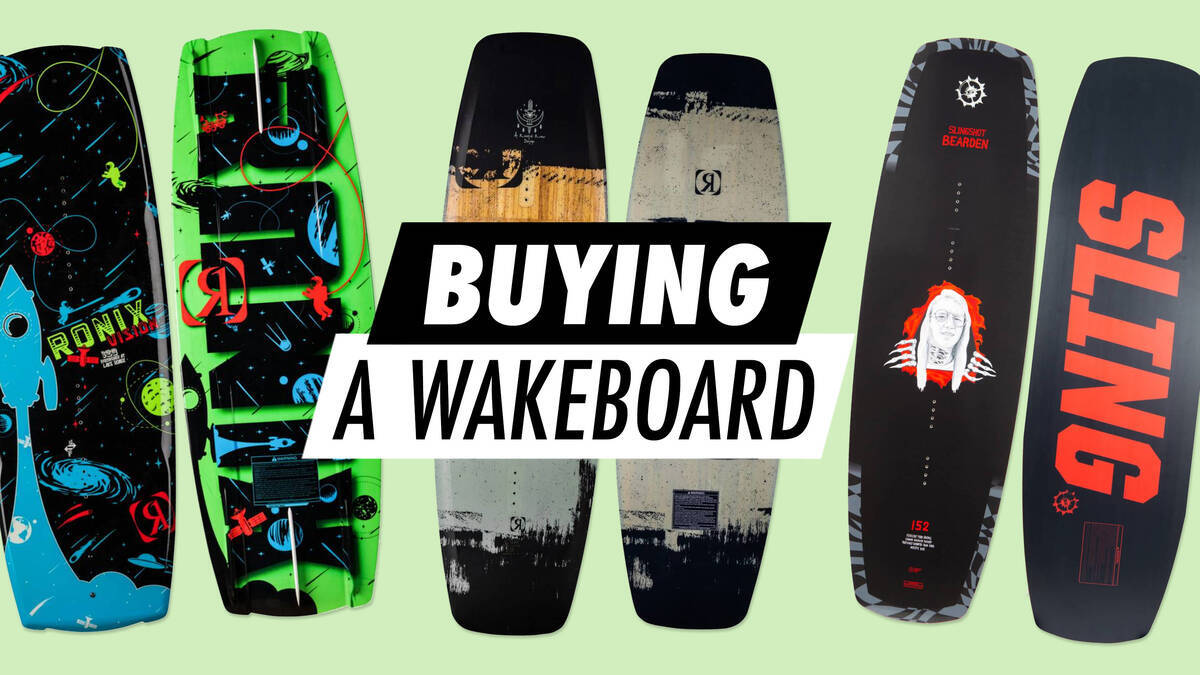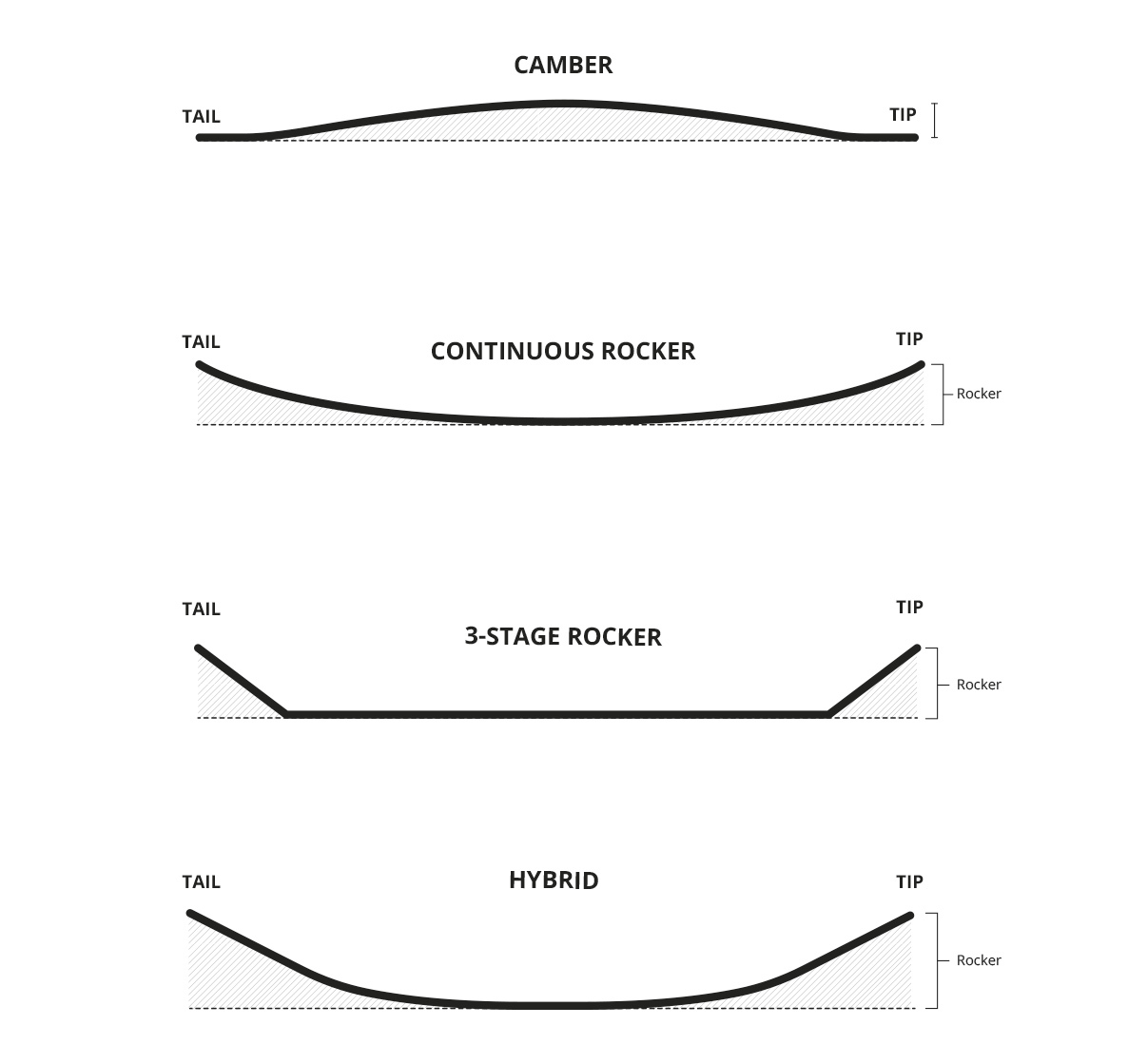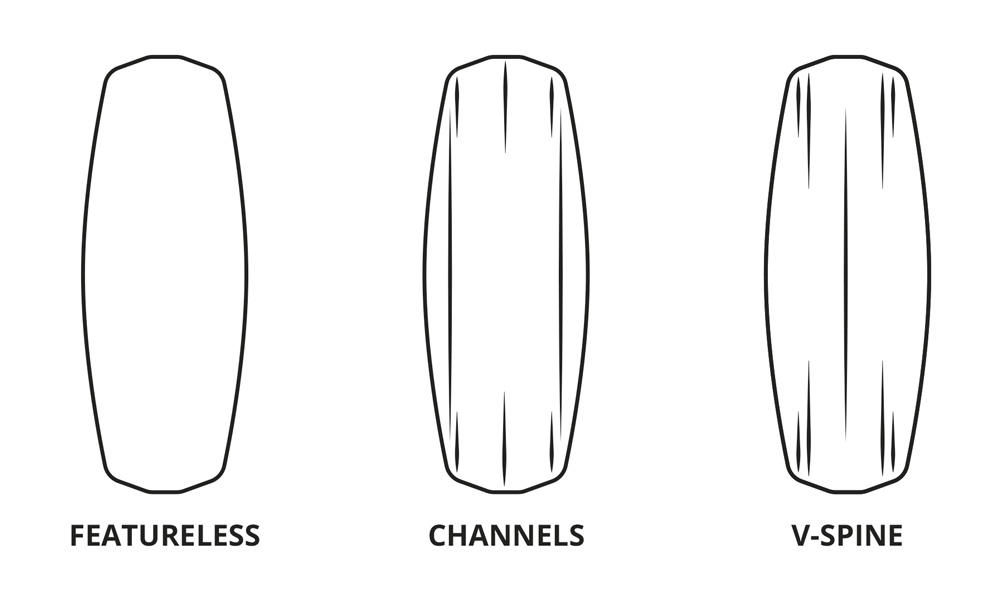Purchasing a Wakeboard

Preparing to dive into wakeboarding? Here's a straightforward guide to essential considerations before acquiring your equipment.
1. Style of Wakeboarding and Level of Flexibility
Initially, consider the type of wakeboarding you'll pursue. There are two styles: cable park and boat wakeboarding. Cable park wakeboarding involves being pulled by an overhead cable, akin to ski resort drag lifts. These boards typically feature greater flexibility, smooth bases, and removable (or no) fins. Boat wakeboarding involves being towed by a boat, necessitating boards that are stiffer, possess features on the base to facilitate edging into the wake, and come equipped with a variety of fins.
A hybrid board offers a blend of features from both cable and boat wakeboarding, possessing medium flex (softer at the tip and tail, stiffer between the bindings), plain base design, and detachable fins.
2. Length
The board's length is a critical factor, closely related to your weight. When multiple riders are involved, choose a board that suits the heaviest rider. Below is a table recommending wakeboard lengths based on weight, along with notes on adjusting size.

Bear in mind, this is a general guide, and size suggestions may vary between different products.
Should you opt for a slightly shorter or longer board?
Selecting a longer board is increasingly popular among many riders, beginner and experienced alike, particularly those at cable parks. A larger board simplifies riding, enhances wake lifts, and provides softer landings, increased speed, and improved control for trick attempts. Larger boards are more flexible, possess wider balance points during presses, and offer greater power for air-tricks.
Shorter boards are more manoeuvrable but slower and more challenging to propel through the water due to reduced contact area. They tend to have harder landings and increased potential for nose diving.
3. Rocker
The rocker refers to the board's bending profile. There are primarily two types: continuous and 3-stage rocker. Recently, cambered (resembling ski and snowboard curves) and hybrid (combining continuous and 3-stage) rocker boards have gained popularity.

- Continuous rocker has a sleek, seamless curved shape. Boards with continuous rocker ensure a smoother, faster ride with softer landings and effortless carving, often preferred for cable park riding.
- 3-stage rocker features three distinct planes on the bottom, enabling higher lifts when hitting the wake. However, this profile can slow the board as it cuts through rather than glides over water, usually favoured by intermediate and advanced riders for boat riding.
- Camber rocker is a newer design, distributing the rider’s weight more evenly, reducing strain on the back foot, and promoting a natural stance. Transitioning from a continuous or 3-stage rocker to camber might require an adjustment period.
- Hybrid rockers combine features of both types: a smoother curve in the centre with more defined tip and tail edges. This balance suits both park and boat riding scenarios.
4. Base Shapes
Beyond aesthetic appeal, the wakeboard’s base shape significantly influences its ride. Three primary base designs exist: featureless, with channels, and V-shaped spines. Additionally, concaves create lift and reduce suction as accelerators.

- A featureless base lacks moulded-in fins or channels, with ride characteristics determined by the overall shape, rocker, and fins.
- Channels act as elongated fins, decreasing surface tension upon landing and directing water flow.
- V-shape spines resemble channels, easing landings and transitioning between edges (commonly added to 3-stage rocker boards).
5. Fins
Fins come in two main types: moulded-in (permanent) and removable. Beginner boards typically have both. Riding finless is an option, especially in cable parks, to master obstacles without snagging fins.
Fins can be long or short; longer fins provide stability and predictability (ideal for beginners), while shorter fins offer greater freedom and a loose feel on water (suitable for intermediate and advanced riders).
6. Edges
Your riding style or aspiration should also guide your edge choice.
Sharp edges are beneficial for aggressive riders making deeper water cuts at higher speeds. In contrast, round edges cater to more relaxed riders who prioritise surface tricks and smooth slides.
Variable edges blend the experiences of sharp and round edges, featuring increased sharpness at the tip and tail for enhanced grip and more rounded edges in the middle for a fluid feel.
In Summary: Key Considerations Before Choosing Your Wakeboard:
- The style of riding and level of flexibility
- Length
- The rocker
- The base shapes
- The fins
- And the edges
Above all, ensure you enjoy your time on the water!
